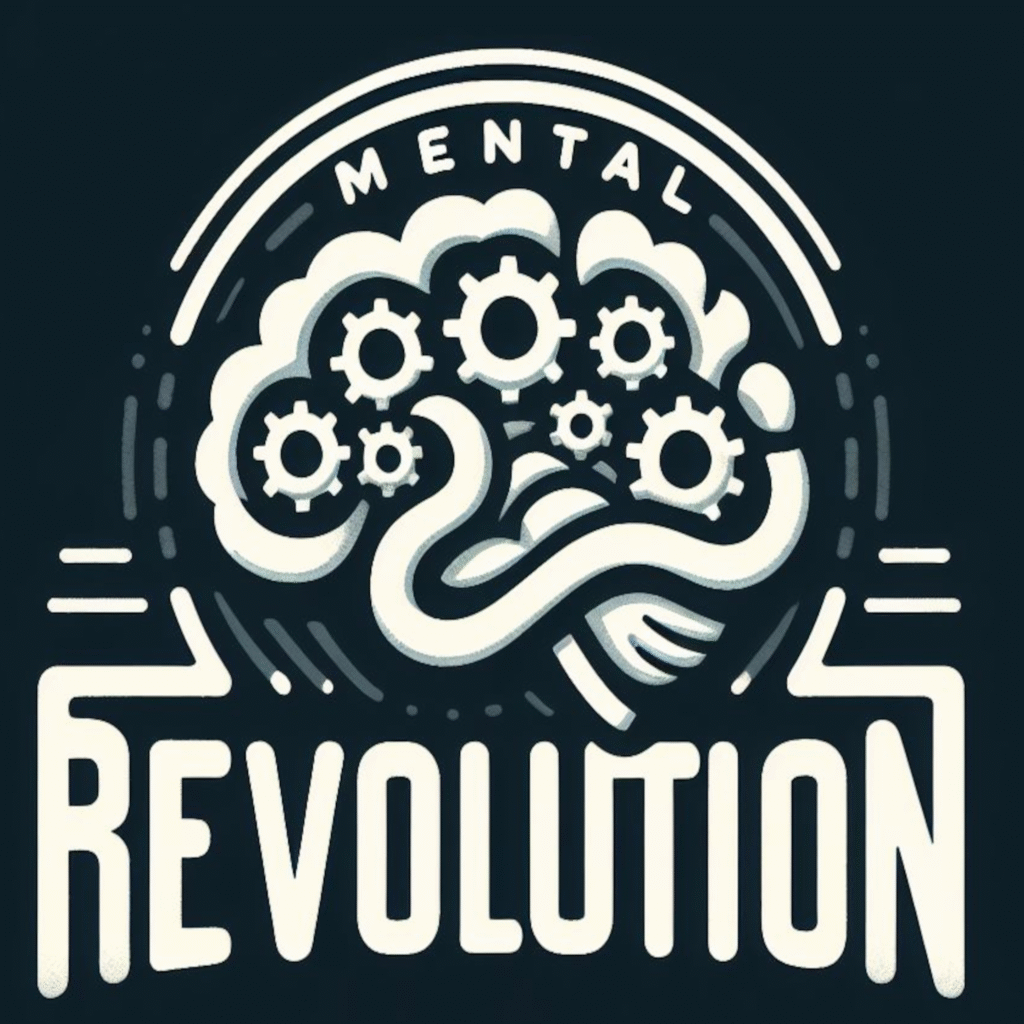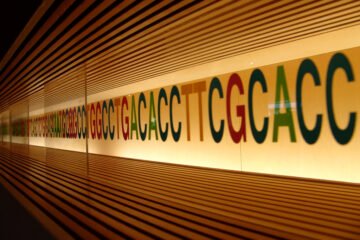 Introduction to SwitchStep Music Therapy
Introduction to SwitchStep Music Therapy
SwitchStep Music Therapy is a creative, accessible, and evidence-informed approach that helps children and adults connect with their authentic selves, build resilience, and develop self-regulation through intentional movement and rhythm. At its heart, SwitchStep is built on The Theory of the DNA-Self—the idea that each person is born with a unique set of innate strengths, propensities, and self-regulatory capacities, shaped by their genetic and developmental blueprint.
The Theory of the DNA-Self
Core Principle:
The DNA-Self is the foundational concept that every individual has a “core self” encoded in their biology and early development. This foundational self-concept of the child, is not a product of environment or experience, but mostly of inherited traits, temperaments, and potentials.
Supporting Concepts
DNA Ancestralism: The son, inherits his DNA genetic makeup, made of a combination of the genes if his grandmother and father. But also, there is likely to be some additions from his mother.
DNA-Adoption: The DNA of those forebears, is passed to the child at it’s inception, and over time, the child, with the help and support of its mother (one organism, with two forms, one that is emergent, and will ultimately become its own independent organism. An example of the human multiplicity).
The DNA-Self: Over the course of its embryo-stage and beyond, the ancestral DNA patterns will be used to create the new infant. During that process, within its Schema of “Self”, those ancestral DNA patterns and structures, will form the dominant aspect of that emergent self-concept.
Foundational-Self: This is the self that is newly emerged from the womb, it can be considered to be almost 100% of DNA-Self content.
Innate inherited skills and traits: The idea that each individual is a new and unique combination of ancestral DNA which means they will tend to have a natural bias to their organismic abilities. Tending to mean they will have a balance and mix of natural leanings to particular interests, skills, abilities and preferences.
Learnt Self: Beyond birth, every experience and response that the child has, and makes, will add to that child’s self-concept, and this means, over time, the child’s concept of self will be informed by its experiential journey into the future. This developmental self can be said to have four stages:
- Infancy (0–2 years): The self-concept is rooted in innate, biological tendencies, with early attachment and sensory experience shaping the beginnings of self-awareness.
- Early Childhood (2–7 years): The self-concept becomes more shaped by social learning, imitation, and early experiences. The “mask” or adaptive self may begin to form.
- Middle Childhood (7–12 years): The self-concept becomes more complex, as the child compares their self to others, internalises feedback, and begins to form a more stable self-image. The “ideal self” (the self as they wish to be) becomes more prominent.
- Adolescence and Adulthood: The self-concept is a complex interplay of inherited self-understandings, learned experiences, and ongoing self-exploration.
Self-Regulation: Some aspects of the DNA-Self provide the basis for how we naturally regulate our emotions, attention, and behaviour. It is formed when DNA processes and other information related to deeply learnt inter-generational development. We can consider that many of these self-regulating processes, will be complex, and need intelligent oversight and control.
Self-Concept Schema: This is the schema that hold the self-concept of the individual, initially, it will be filled with both active, and inactive traits and skills. These were originally copied from the ancestral DNA. We can consider the processes that control each ability or trait to now be mutable, in that those traits or skills that have yet to be discovered, or enabled, are now discoverable. This means, importantly, that each can now be modified by experiences and conscious decisions to modify that particular ancestral “sub-routine”.
Authenticity: To come large degree, many of these “authentic” aspects of what might be considered a true-self, step from that ancestral DNA. Failing to express some of them, may cause incongruence between ideal and “true-self”, causing inner distress.
Authenticity Paradox: Our lived experience of society often seems to force us to become incongruent with our unique self, which is the basis of our authenticity. This uniqueness, rather than being celebrated, is often not found acceptable, or “normal”, by our peers of influence. This can result in the child disconnecting with that unique aspect of self, out of forced denial or rejection of those unique features.
None Verbal Therapies: The concept that by using a process of binary attention switching (left-right, up-down), can allow non-verbalised, or visualised problems related to dissociation and disconnection can be processed, while focussing on a particular psychological issue.
“Best Life” Intention: The proposal that non-verbal, binary switched therapies can be used with “intention to reconnect”, or “be one’s best self”, firm intentions, that allow the organismic self to recover any lost uniqueness and move into a more harmonious state of being.
Drum and dance: The therapy uses the left hand, right hand of drumming, and the left foot, right foot of dance, intentionally as part of a binary switched therapy, which promotes the visualisation of a vague but certain destination of that best future self.
Rhythm of Life: It is important to understand this is not a dogmatic left-right-left, switching that we are looking for, but really, that the participant with find there own natural rhythm and style, then place their future dreams into that, drumming their own rhythm of life into their future.
Integration: The therapy aims to help individuals integrate their innate self with their lived experience, supporting self-acceptance, authenticity, self-confidence and resilience.
Authenticity “props” and supports: The therapy understands that uniqueness can make a child the focus of peer pressure to conform, which can lead to bullying and scapegoating. As such, we have integrated in the therapy a child-friendly, none-fear based understanding of masking, coping techniques, and boundary maintenance, appropriate to their age.
Organic: the therapeutic approach, is to simply apply the children to drum and dance, and also while playing leap-frog, to intentionally create their best, most authentic future-self. One that is aware of the challenge to that authenticity that society can be, and has defensive resilience to allow them the best chance, to dance their dance.
How SwitchStep Music Therapy Works
Binary Switching: SwitchStep uses intentional, rhythmic switching between left and right sides of the body or attention. This “switching” engages both hemispheres of the brain, supporting integration, self-regulation, and self-awareness.
Movement and Music: The therapy combines drumming, dancing, and other movement-based activities, all designed to be playful, accessible, and meaningful.
Intention and Exploration: Participants are encouraged to explore their own feelings, strengths, and creativity, using the rhythm and movement as a tool for self-expression and self-discovery.
Benefits of SwitchStep
- Emotional Regulation: Helps participants manage stress, anxiety, and emotional dysregulation.
- Self-Expression: Supports authentic self-expression and creativity.
- Resilience: Builds confidence, self-esteem, and resilience.
- Social Connection: Fosters a sense of belonging and mutual support.
Structure of the Therapy
Core Activities:
- SwitchBeat (drumming with intentional left-hand(imagination)-right-hand (delivery and forward movement) switching).
- SwitchStep (dancing with intentional left-foot-right-foot movement).
- SwitchPlay (movement-based games and activities with intentional switching).
Supplements and Extensions:
- Scripts and activities for children with learning disabilities or other challenges.
- Guidance for teachers and facilitators.
- Future scripts for supporting authenticity and resilience.
Therapy Sessions:
- Typically delivered in weekly sessions, with a focus on building skills, self-awareness, and resilience over time.
SwitchStep Music Therapy is more than just music and movement—it’s a journey of self-discovery, integration, and empowerment, grounded in the science of the DNA-Self and the power of intentional, playful switching.
SwitchBeat Drum Therapy Guide for Teachers
Understanding Your Students
Age Profiles:
- Young children (3–8 years): Use simple language, short activities, and focus on movement, touch, and play. Younger children think in concrete, sensory ways.
- Older children (9–12 years): They can begin to understand symbols and metaphors. Use stories, imagination, and simple metaphors like “drumming your dream.”
- Teens and adults: They can reflect more deeply on intentions, feelings, and self-awareness, and are open to metaphors, guided imagery, and self-questioning.
Children with Learning Disabilities or Other Challenges:
- Focus on sensory experience, rhythm, and movement over words.
- Use very simple instructions, repeat key ideas, and allow for different ways of participation (e.g., listening, moving, or tapping with a friend).
- Use visual cues, demonstrations, and lots of encouragement.
- Create a safe, supportive environment where every kind of contribution is valued.
The Purpose of Drum Therapy
Emotional Expression: Drumming allows children and adults to express feelings in a non-verbal way, which can help reduce anxiety and build confidence.
Self-Regulation: The rhythm and movement of drumming can help the nervous system feel calmer, stronger, or more alert, depending on the individual’s needs.
Creativity and Confidence: By playing freely, participants connect with their own imagination and sense of self. This builds self-esteem and resilience.
Social Connection: Group drumming helps build friendships, self-expression, and a sense of belonging.
Social Empathy: The group dynamic of drumming can allow for a deepening of empathy with others, while feeling free to be true to themselves at the same time.
The Importance of the Scripts and Intention
Why the Scripts Matter: The scripts help you create a positive, focused atmosphere. They guide participants to use drumming for self-exploration, not just for fun, but for learning about themselves and finding their strengths.
“Magic in the Mundane”: The real “magic” is not in making the impossible happen, but in helping people discover their own strengths, wisdom, and resources through everyday activities like drumming. The teacher’s intention is the key: when you focus on self-acceptance, curiosity, and openness, the drumming becomes a tool for growth and healing.
Background Theories
Non-Verbal Healing: Early experiences and trauma are often stored in the body, not in words. Drumming reaches those memories and feelings, helping the nervous system release stress and build resilience.
Self-Regulation: The rhythm and movement help the nervous system feel safe and balanced, which is important for everyone, especially those who have struggled with stress, anxiety, or trauma.
Inspiration and Delivery: The left hand is often linked to creativity and inspiration, and the right hand to action and delivery. Drumming helps balance these two sides, supporting creativity and real-world action.
Therapeutic Focus: The goal is not to “cure” or “fix” anyone, but to help people feel more connected to themselves, build resilience, and discover their own strengths.
Practical Tips and Adaptations
- Keep It Simple: Use clear, concrete language. Avoid complex or abstract ideas.
- Use Visuals and Demonstration: Show actions, use pictures, and demonstrate rhythms.
- Provide Choices: Let participants choose how to play (with hands, with a drumstick, with their feet, with a friend, etc.).
- Respond to Needs: Be flexible and supportive. Adapt to the abilities and needs of each participant.
- Encourage Exploring: Use the word “explore” often. This helps people focus on discovery, not perfection.
- Celebrate Effort, Not Outcome: Praise curiosity, participation, and self-expression, not just “good” drumming. “Bad” drumming just means group harmony has yet to be attained, or they want to be the leader! Let them, that drum beat is their heart speaking, let it express!!
The Role of the Teacher/Session Leader
- Be a Supportive Guide: The teacher’s role is not to direct or “fix” the child, but to create a safe, supportive environment where everyone can explore and express themselves.
- Model Intention: The teacher’s intention—focusing on self-acceptance, curiosity, and openness—is the “magic” in the drumming.
- Encourage Connection: Create a sense of belonging, safety, and mutual respect.
This guide gives the drum teacher a practical, compassionate, and theory-informed framework for delivering drum therapy that is accessible, inclusive, and deeply meaningful, for all ages and abilities.




0 Comments